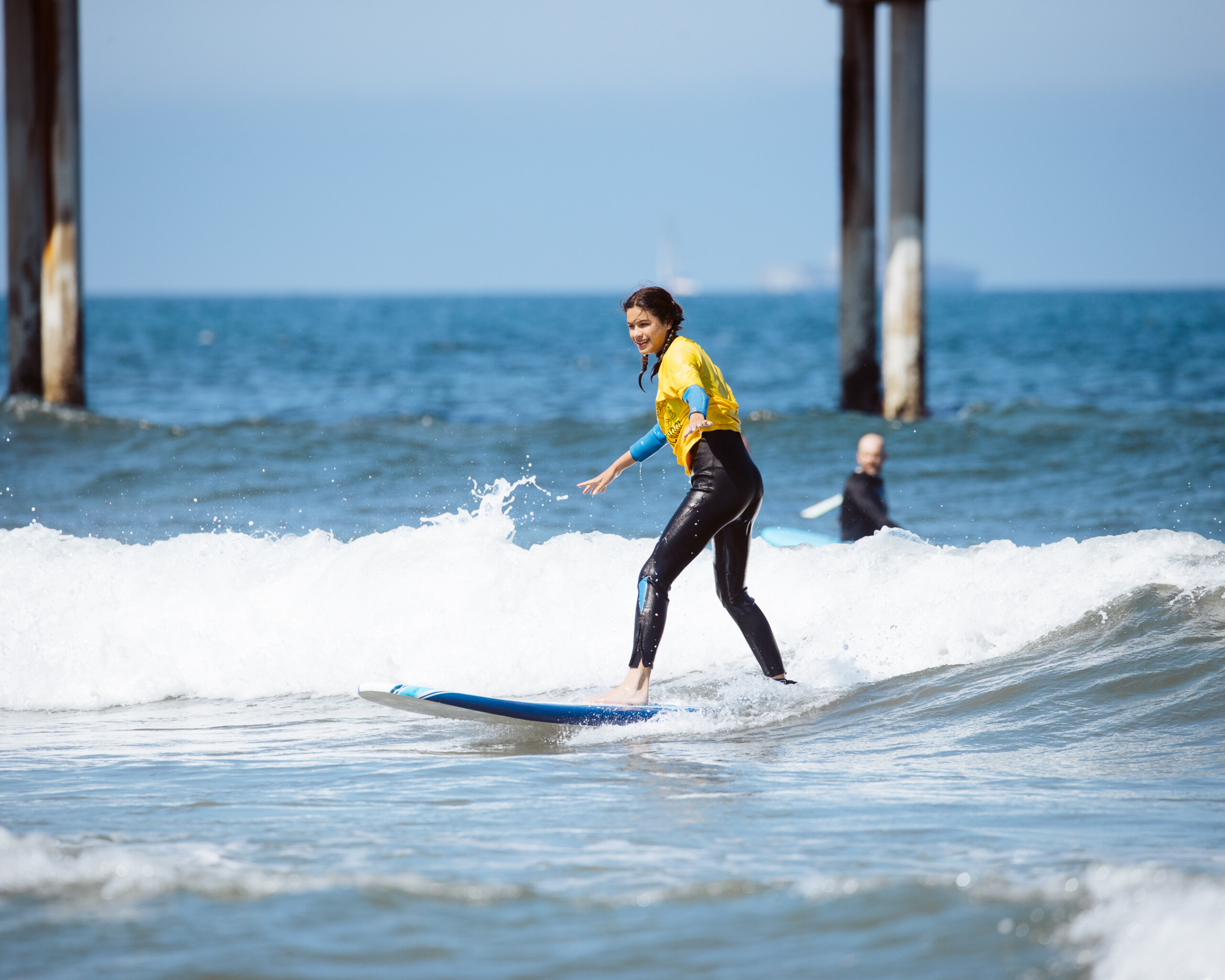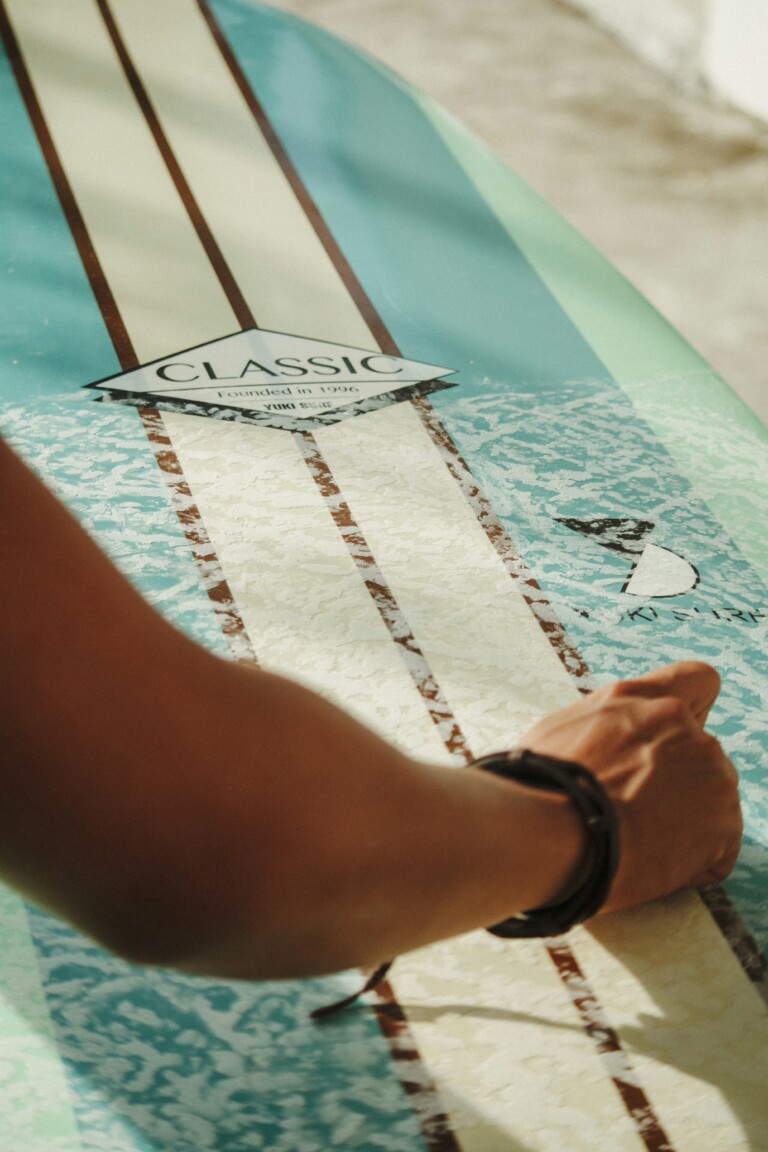The bottom turn is arguably one of the most important maneuvers in surfing, yet it’s often underestimated by beginners. It’s not just a simple pivot at the base of a wave—this critical move sets the stage for everything else that follows, from powerful cutbacks to high-speed maneuvers off the lip. Without a solid bottom turn, your wave riding will feel flat, literally and figuratively. Here’s why perfecting this fundamental skill is essential for surfers at any level.
What is a Bottom Turn?
The bottom turn happens just after you drop down the face of a wave, usually when you’ve reached the bottom. It’s your first real move on the wave, where you transition from a straight descent into the direction you want to go—whether it’s a sharp turn up the wave face for a critical maneuver or generating speed for a long ride down the line.
Why is the Bottom Turn So Important?
- Foundation for Every Maneuver Every powerful move in surfing starts with a great bottom turn. Whether you’re aiming to perform a top turn, cutback, or aerial, the energy and momentum you generate come from this move. A weak or poorly timed bottom turn can kill your speed and flow, while a well-executed one sets you up perfectly for your next move.
- Speed and Power Your bottom turn is where you gather speed and power from the wave. If you can dig your rail into the water while leaning into the turn, you’ll use the wave’s energy to propel you forward. This creates the acceleration needed to hit the wave’s lip with force, ride the barrel, or simply maintain speed across the wave’s face.
- Control and Precision A well-timed bottom turn gives you control over your board and your position on the wave. When done correctly, it allows you to choose your line—whether you want to go vertical for a more aggressive maneuver or stay low and fast for a smooth, down-the-line ride. Learning to adjust the depth and angle of your bottom turn helps you read the wave better and anticipate where to place your next move.
- Flow and Rhythm Surfing is all about flow, and the bottom turn is what connects the dots between different maneuvers. It’s the glue that holds your ride together. Without a strong bottom turn, you’ll often find yourself stalling, losing momentum, or missing sections of the wave that could’ve led to more dynamic surfing. The more fluid your bottom turn, the more rhythmic and enjoyable your ride will feel.
Tips for Improving Your Bottom Turn
- Look Where You Want to Go
Your board will follow your eyes, so always look in the direction you want to turn. If you’re aiming for the lip, look at it before you start your turn. - Use Your Legs
The power of the bottom turn comes from your legs. Bend your knees and engage your thighs to compress as you drop down, then extend as you lean into the turn. The more you bend, the more power you can generate. - Engage the Rail
For a powerful bottom turn, you need to engage the rail of your surfboard. Lean into the wave and trust that your rail will hold through the turn. The more you commit to the turn, the more energy you’ll tap from the wave. - Timing is Everything
Start your bottom turn too early, and you’ll lose power. Wait too long, and you’ll miss the section. Practice timing your turn to catch the wave at its most powerful point.
Final Thoughts
A well-executed bottom turn is the foundation of great surfing. It’s not flashy like an aerial or a tube ride, but it’s the move that allows those tricks to happen. Spend time focusing on your bottom turn, refining your technique, and understanding its role in every wave you ride. Master this move, and you’ll unlock a whole new level of surfing potential.
















